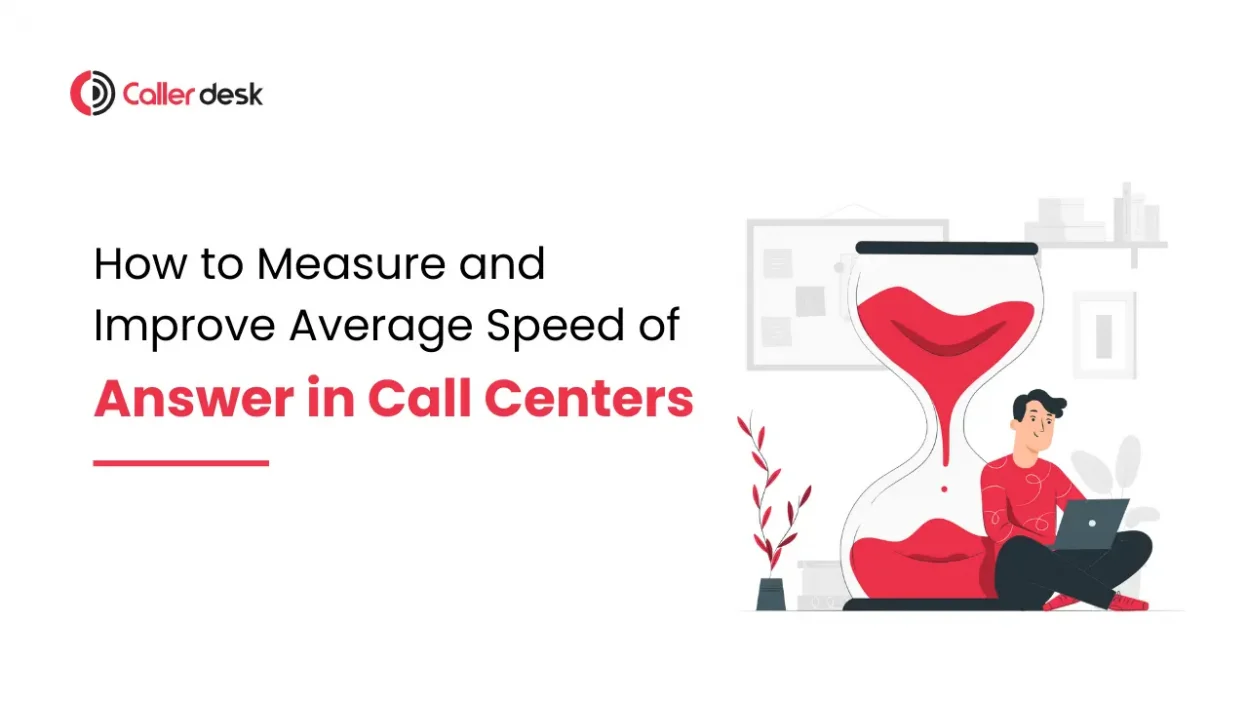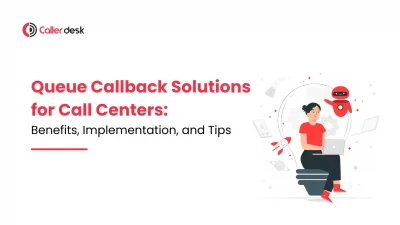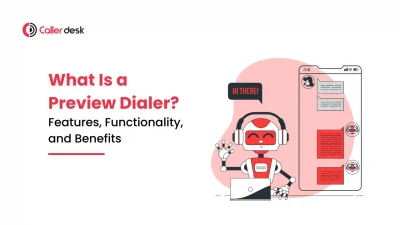Have you ever thought about how the Average Speed of Answer (ASA) can impact your call center’s performance? In customer services, ASA is an important metric that measures customer satisfaction, operational efficiency, and service quality.
In this blog, we will help you understand how to measure and improve ASA, ensuring your call center runs smoothly and effectively. Whether you’re a call center manager or a business owner, optimizing ASA is key to maintaining high service standards and achieving success. But what exactly is the Average Speed of Answer?
What is Average Speed of Answer (ASA)?
Average Speed of Answer (ASA) is the average time it takes for a call center agent to answer a call. This metric covers both the time a caller spends in the queue and the time it takes for the system to route the call to an available agent.
Measuring Average Speed of Answer
Steps to Measure ASA:
- Collect Data: Gather call logs that include the time each call is received and the time it is answered.
- Calculate ASA: Use the formula: ASA= Total Number of Answered Calls/Total Waiting Time of Answered Calls
- Analyze Trends: Regularly monitor ASA to identify patterns and areas for improvement.
Tools for Measuring ASA:
- Call Center Software: Tools like Callerdesk, Zendesk, Five9, and RingCentral provide detailed ASA reports.
- CRM Systems: Customer Relationship Management systems often include ASA tracking features.
- Custom Dashboards: Create custom reports using business intelligence tools to monitor ASA.
Tips to Improve Average Speed of Answer
1. Optimize Call Routing:
- Interactive Voice Response (IVR): Implement IVR systems to direct calls to the appropriate department quickly. This reduces the time spent routing calls and ensures that callers reach the right agent faster.
- Skill-Based Routing: Route calls to agents with the specific skills required to handle the query. This ensures that callers are connected with the most qualified agent, improving resolution times and overall satisfaction.
2. Enhance Workforce Management:
- Forecasting: Forecasting: Estimate call volume and change staffing levels accordingly. Use historical data to anticipate busy periods and ensure enough agents are available to handle the expected call volume.
- Agent Scheduling: Ensure optimal agent availability during peak times by scheduling shifts based on call volume patterns. This helps in reducing wait times and improving ASA.
3. Improve Agent Efficiency:
- Training Programs: Regularly train agents to handle calls more efficiently. Focus on improving their communication skills, product knowledge, and problem-solving abilities.
- Performance Monitoring: Call monitoring and feedback can help agents improve their performance on an ongoing basis. Regularly review calls to identify areas for improvement and provide targeted coaching.
4. Use Advanced Technology:
- Artificial Intelligence (AI): Deploy AI to handle routine queries and free up agents for complex issues. AI chatbots may handle typical requests, decreasing the workload for human operators.
- Automated Call Distribution (ACD): Use ACD systems to distribute calls evenly among agents. This ensures that no single agent is overwhelmed with calls, improving overall efficiency and reducing ASA.
Practical Tips for Reducing ASA
- Streamline Processes: Simplify workflows to reduce the time spent on each call. This can involve using templates for common queries or automating parts of the call handling process.
- Empower Agents: Give agents the tools and knowledge they need to handle problems quickly. This includes access to a comprehensive knowledge base and real-time support from supervisors.
- Monitor Call Traffic: Keep an eye on call traffic and adjust resources in real-time to manage spikes. Use real-time analytics to make informed decisions about staffing and call handling.
Additional Metrics to Consider
- Average Handle Time (AHT): Determines the average time of an interaction, from start to finish. Lower AHT can complement lower ASA for overall efficiency.
- Abandonment Rate: The percentage of calls dropped by clients before speaking with an agent. High abandonment rates can indicate dissatisfaction and impact ASA negatively.
- Service Level Agreements (SLAs): Commitments to answering a certain percentage of calls within a specific time frame. Meeting SLAs helps maintain customer satisfaction and operational standards.
Industry-Specific Insights
For sectors like healthcare, reducing ASA is crucial to handle emergencies efficiently. Quick response times can save lives and improve patient satisfaction. In e-commerce, faster response times can lead to higher sales conversion rates and improved customer loyalty. Providing prompt customer support can make a significant difference in retaining customers and encouraging repeat business.
Conclusion
Improving the Average Speed of Answer is crucial for enhancing customer satisfaction and operational efficiency in call centers. By implementing the strategies outlined above, you can ensure your call center maintains a competitive edge and provides exceptional service.





